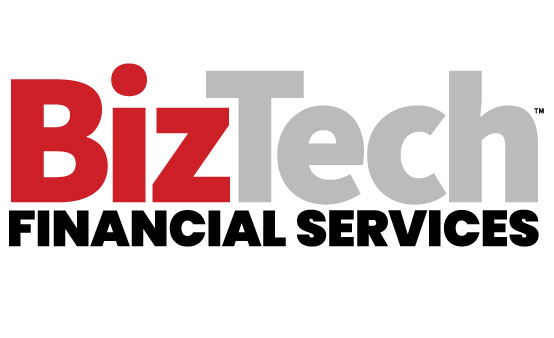Why Businesses Harness AI in the Cloud
Many businesses are still trying to harness the power of GenAI. Early adopters have moved beyond experimentation to building new applications and services that improve customer experiences and enable employees to work faster, smarter and more efficiently. As they do, many rely on the cloud to drive innovation.
The major cloud providers — AWS, Microsoft Azure and Google Cloud Platform — deliver the infrastructure, software tools and foundation models companies need to develop and scale their GenAI applications, says Futurum Group analyst Bradley Shimmin.
“The major cloud platforms wrap it all in a cohesive package that makes it easier for companies to provision the resources they need to build generative AI applications,” he says.
Enterprises today have a massive skills gap when it comes to keeping pace with the rate of change in the modern software stack, which includes AI, he says. It’s much easier to turn to the cloud.
“It’s all about time to market and simplicity,” Shimmin says. “Companies can very well build all of this out on their own, but they’re choosing to partner with these cloud providers because it derisks their investments. Not only does it speed time to value but they don’t have to worry about compliance for security or key management because the hyperscalers have already taken care of that.”




















